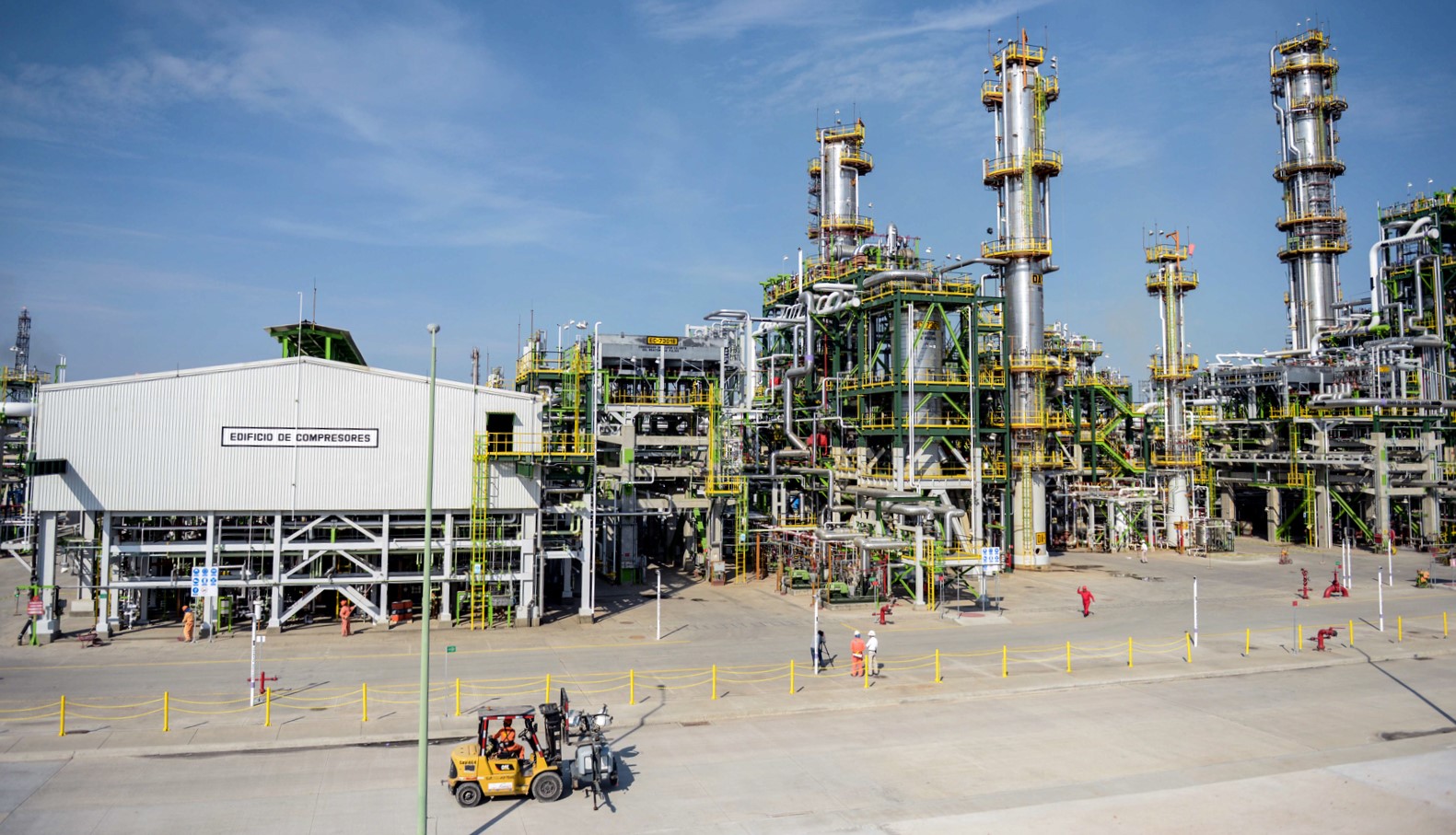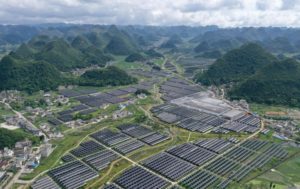The transition from a fuel-based economy to a low-carbon one is at the heart of the response to the climate crisis, as global calls to ditch fossil fuels and replace them with renewables grow louder. This is proving challenging for Latin America, however, with no long-term strategies in most countries for changing their energy matrices.
From Mexico to Argentina, governments continue to develop new oil and gas projects for upcoming decades, both for domestic use and for exports. This will not only make meeting climate change targets difficult but also risks leaving the region with a lot of ‘stranded assets‘ from pipelines to thermal power plants.
Investment in new fossil fuel production and unabated coal power needs to end this year if the global energy sector is to reach net zero emissions by 2050, according to a recent report by the International Energy Agency (IEA). A net-zero energy sector is “viable” but “requires an unprecedented transformation” in the way energy is produced, the IEA said.
Governments carry on with their plans to produce fossil fuels without future plans on what they will do when global oil and gas demand starts to decline
Manuel Pulgar-Vidal, global leader of climate & energy at WWF (previously the World Wildlife Fund), said Latin America “isn’t paying attention” to the emergence of a “new climate economy.” For Pulgar-Vidal, the region “has no plan” to leave behind fossil fuels, with Chile, Uruguay and Costa Rica the exceptions as they don’t have oil or gas.
Costa Rica remains the only country in Latin America to have officially presented, and started to implement, a long-term decarbonisation strategy, which includes the energy sector. Other countries such as Chile and Argentina are working on it and could present respective plans in November at the COP26 climate summit in the UK.
Latin America accounts for 5% of global emissions, mostly from the energy sector, agriculture and land use change. But the share is rising as countries continue to develop fossil fuels. Investing in renewable energy and planning an energy transition could prevent emissions from continuing to escalate, experts agree.
Latin America’s 6.5% wind and solar energy
While wind and solar capacity is growing rapidly in Latin America, it only represents 6.5% of the region’s current installed energy capacity. Fossil fuels still account for around 75% of the primary energy supply, with the rest of the energy matrix made up largely of hydropower, biomass and bioenergy.
Countries fall roughly into two groups based on their electricity mixes. Some rely heavily on hydropower, such as Brazil and Colombia, while others use oil and gas as the primary source for electricity. These include Argentina and Peru. Coal power provides only a small share of total electricity production in the region.
Yet, looking ahead, several countries such as Argentina, Brazil and Mexico have ambitious plans to increase their production of fossil fuels, while others like Guyana want to start exploitation at a transformative scale for their economies. This would make their climate pledges impossible to achieve, climate experts say.
“It’s time to discuss an energy transition in Latin America. The region has large investments in fossil fuels and many of them will have to change course drastically,” said Isabel Cavelier, co-founder of Transforma, an NGO from Colombia. “Some countries have ambitious climate plans but they are totally contradictory with their energy policies.”
81%
of Latin America's oil reserves may not be exploitable if countries are to meet targets set out in the Paris Agreement
In a recent study published in the journal Energy and Climate Change, a group of energy experts found that between 66% and 81% of Latin America’s oil reserves may not be exploitable if the Paris Agreement temperature targets are met. This could reduce tax revenues from oil to between US$1.3 trillion and $2.6 trillion, compared with between US$2.7 trillion and $6.8 trillion if reserves were fully exploited.
Many countries in the region depend on global oil demand for fiscal revenues, the study’s authors highlighted. Nearly half of the oil produced there is exported globally. In 2018, 8% of fiscal revenues in Ecuador, 4.6% in Bolivia, 4.2% in Mexico, and 3.4% in Trinidad and Tobago depended on oil and gas exploitation, according to OECD data.
“Most of the region seems to be ignoring these discussions. Governments carry on with their plans to produce fossil fuels without future plans on what they will do when global oil and gas demand starts to decline,” said Baltazar Solano Rodríguez, the study’s lead author. “Latin America has to start thinking about how it will diversify its revenue sources.”
Leonardo Stanley, an Argentinian economist who recently published a book on Latin America’s energy transition, said the region is “making a big mistake” by not addressing its energy transition. Many oil and gas projects wouldn’t even be economically viable without the billions of dollars spent every year on subsidies, he added.
The way forward without fossil fuels
But what will an energy transition look like for Latin America? Climate and energy experts say it won’t happen overnight. It will take decades for the region to leave behind fossil fuels, hence the urgent need to begin as soon as possible. Furthermore, the longer it takes to undertake a transition, the more expensive it will be.
Cavalier suggests state-owned fossil companies such as YPF in Argentina or Petrobras in Brazil take the first step, adopting a transition plan through which they stop investing in new oil and gas projects. Governments should also force private companies to adapt by limiting the number of concessions they are granted.
For Pulgar-Vidal, Latin America has to start thinking of new revenue sources that are not tied to fossil fuels. “Governments may resist it, but oil and gas prices will eventually drop due to a lower demand and the region will get less money from its fossil fuel exports. We have to start thinking about new sectors, such as green hydrogen.”
It is technically and economically feasible to scale up renewable power in Latin America. Under the International Renewable Energy Agency’s scenario of a global energy system consistent with the Paris Agreement, 93% of the region’s electricity would come from renewable energy in 2050.
Such an outcome would not only clean up the energy grid but also boost the economy. A report last year by the Inter-American Development Bank (IADB) estimates that decarbonisation will generate 15 million new jobs overall and an additional 100,000 full-time jobs in the renewable electricity sector by 2030, compared to projections based on current trends.
“Governments keep taking on debt to build new pipelines or drill for oil and gas wells and this will make it even more difficult to exit the vicious cycle of fossil fuels. Instead, an energy transition could boost the region’s economy while identifying new revenue streams,” Stanley said.









